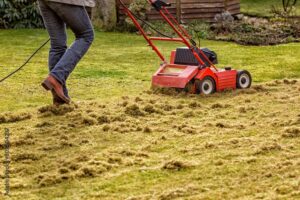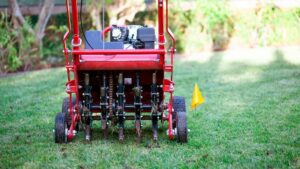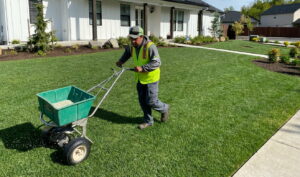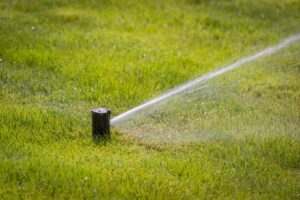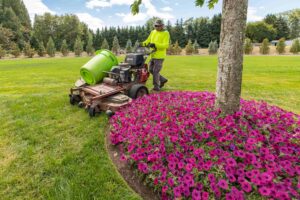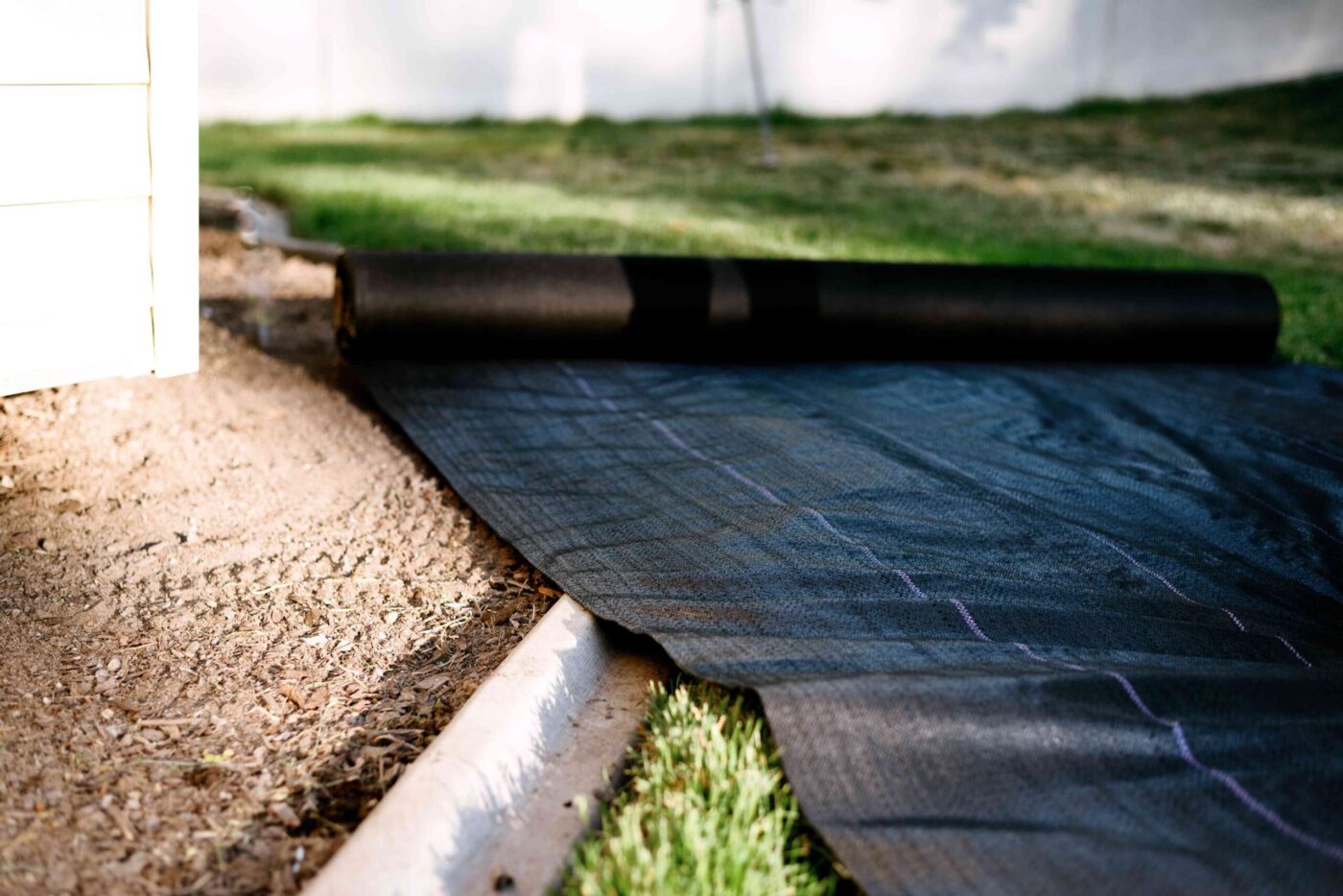Lawn Care Checklist for Spring in Vancouver, WA
Days are growing longer, birds are coming back home, and your lawn is in need of some TLC. It must be spring!
Landscape Management

For Lawn Care and Maintenance, Contact Us Today.
Days are growing longer, birds are coming back home, and your lawn is in need of some TLC. It must be spring! In this blog we will go over a checklist of lawn care tasks to get your lawn in shape for an awesome summer!
Dethatching
Thatch is a layer of dead grass that accumulates below the surface of your lawn and prevents air and nutrients from getting to your turf’s roots. Removing thatch is most easily done by a dethatcher, which looks much like a lawn mower but instead of cutting, it goes below the live grass and pulls up the tangled layer of thatch. This step is a great first step to take because it opens your lawn up for the following treatments.
Aerating
Lawn aeration is the process of exposing the grasses roots to the air above. The most common way to do this is with a plug aerator that removes uniform plugs of soil (about 3 inches long) and leaves them on the surface of the turf. This allows air to access the roots and doesn’t remove or compact your soil. After a few rains, the plugs of soil dissolve back into the ground. Aeration provides air to your turf’s roots and also promotes the proliferation of healthy bacteria while preventing the growth of bad bacteria.
Seeding, Liming, & Fertilizing
Seeding your lawn helps fill in any gaps and snuff out foreign grasses. Liming adds calcium which breaks down over time and reacts with the acidic hydrogen and potassium in your soil to create neutral carbonate compounds. This creates the ideal pH for the seeds and existing lawn to succeed. Lastly, fertilizing adds essential nutrients to feed your grass and promote growth. Doing these three treatments after dethatching and aerating allows for the best absorption. Be sure to consult a guide for when and which fertilizer to use with your specific turf or feel free to contact our professionals.
Watering
Watering in the spring is usually pretty easy because of all the rain. What is most important is to ensure that your irrigation system is set up and ready for summer. If there are any heat waves that come near the end of spring, be sure to run your irrigation. As with summer irrigation, less frequent, deep irrigation at night or early morning will provide better hydration than frequent shallow irrigation throughout the day. This strategy promotes deep root growth, which is critical for conditioning your turf to be drought tolerant.
Mowing
Mowing frequently and appropriately will strengthen your lawn’s root system and hinder the proliferation of weeds. These three tips are generally best practice but be sure to consult a guide specific to your turf species.
- Frequent spring mowing encourages root growth.
- Don’t cut more than a third of the height off the top. This can shock the grass and cause problems.
- Raise your lawn height for summer in order to create more shade for your soil. This retains more water and makes your lawn more drought tolerant.

